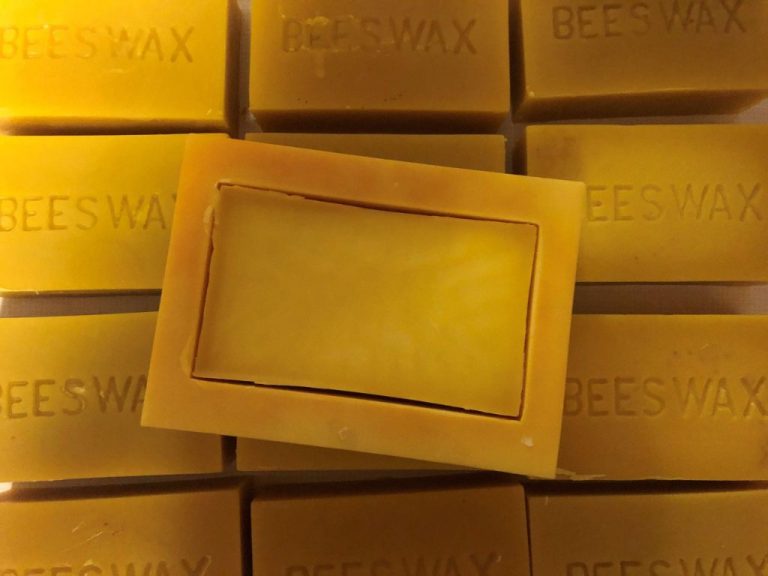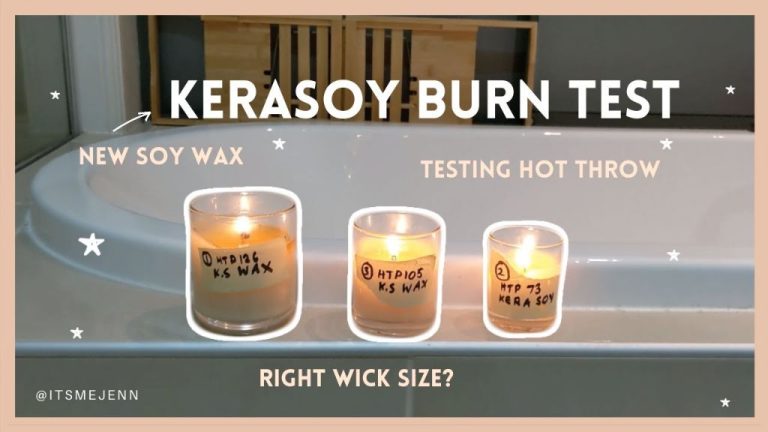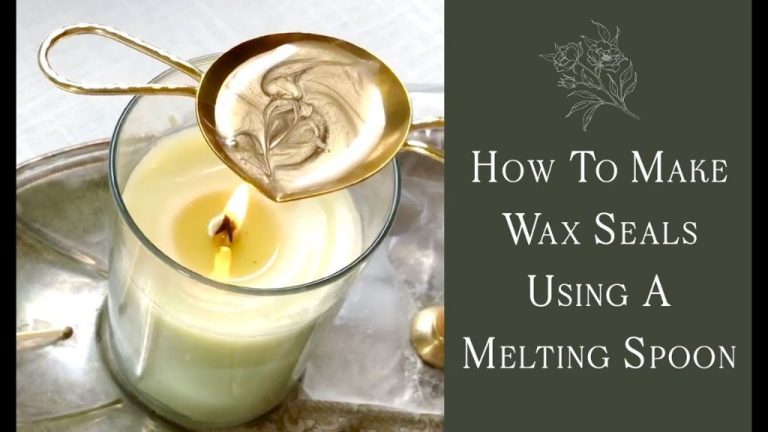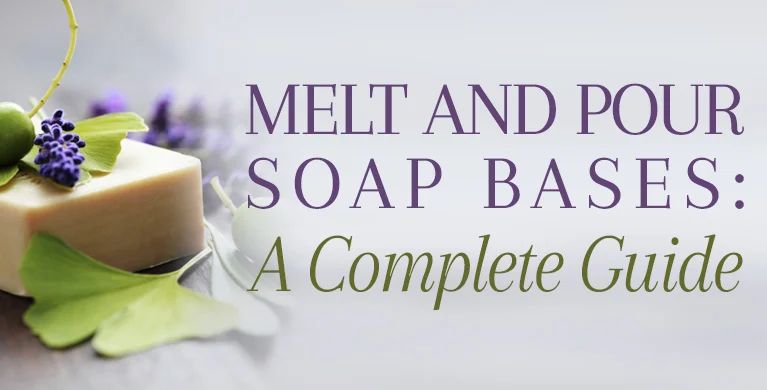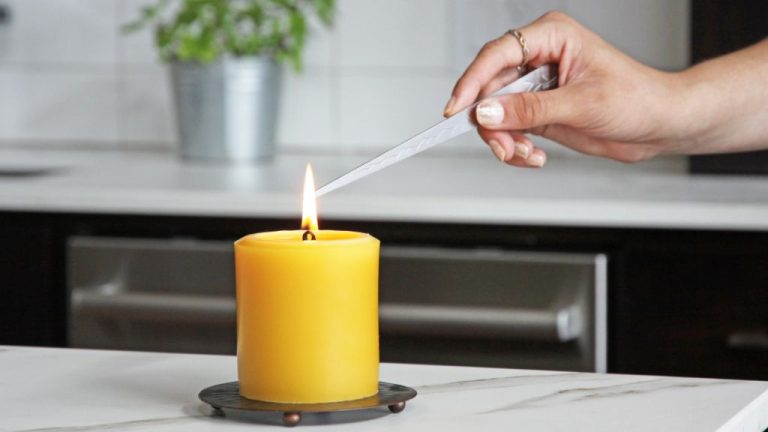How Do You Add Scent To Candle Making?
Scented candles add pleasing fragrances to a space through the burning process. The scenting of candles involves incorporating fragrance oils or essential oils into the candle wax or container. The fragrances are released into the air when the candle is lit, creating a more enjoyable atmosphere. There are several main techniques for scenting candles which will be covered here, along with safety considerations.
The primary methods of scenting candles are adding fragrance oils or essential oils to the wax. Fragrance oils are synthetic oil-based scents designed for candle making. Essential oils derive from plants and provide natural aromatherapy benefits. Both can be blended into wax or placed in the candle jar. Proper mixing, testing, storage and safety precautions are needed when working with these concentrated scents.
By understanding best practices for scenting candles, crafters can create pleasing products that make spaces more inviting through customized aromatic profiles. This guide will explore the most effective techniques for scenting candles with oils for beginners to advanced makers.
Choosing Fragrances
There are two main types of fragrances used in candle making: essential oils and synthetic fragrance oils. Essential oils are extracted from plants and can provide a pure, natural scent. However, they are typically more expensive and some like citrus essential oils can fade quickly when exposed to heat [1]. Synthetic fragrance oils are artificially created in a lab to mimic natural scents. They tend to be more affordable and stable in candles compared to essential oils.
When selecting a fragrance, consider the scent strength. Strong fragrances like peppermint may only require a 5-6% fragrance load, while lighter fragrances like lavender may need upwards of 10% [2]. Be wary of using too much fragrance, as it can cause issues like poor surface adhesion, sweating, and smoking.
Adding Fragrance Oils
Fragrance oils are the most commonly used method for scenting candles. They are concentrated oil-based scents that can be blended into wax. It’s important to add fragrance oils at the right temperature for proper scent throw and retention. According to Lone Star Candle Supply, fragrance oil should be added when the wax is between 180-185°F for soy and paraffin or 200-205°F for palm wax (1). At temperatures higher than the flash point, some of the fragrance components may burn off.
After adding the fragrance oil, stir thoroughly to fully incorporate it into the wax. Continual gentle stirring for 2-3 minutes helps prevent hot spots which could lose scent. However, avoid vigorous stirring which introduces air bubbles. Use a melting or pouring pitcher for easier blending. The All Seasons Wax Company recommends dosing fragrance oils at approximately 1 oz. per 1 lb. of wax (2). But adjust to personal preference based on testing.
Properly adding fragrance oils at the ideal temperature, stirring correctly, and dosing appropriately allows for even scent distribution and optimal hot and cold throw in finished candles.
Sources:
(1) https://lonestarcandlesupply.com/dos-and-donts-of-candle-making/
(2) https://allseasonswaxcompany.com.au/blog/fragance-oil-and-soy-candles-complete-guide
Using Essential Oils
Essential oils can add wonderful natural scents to candles. Popular essential oils used in candle making include lavender, lemon, peppermint, and eucalyptus. Some benefits of using essential oils include:
– They provide pure, authentic fragrances that come directly from plants (https://www.candlescience.com/essential-oil/all-candle-essential-oils/).
– Certain essential oils like lavender and chamomile have calming properties when scented candles are lit (https://www.brambleberry.com/shop-by-craft/candles/essential-oils).
– Essential oils allow you to create aromatherapy candles with specific therapeutic benefits (https://www.thehealthymaven.com/homemade-aromatherapy-candles/).
Some drawbacks of essential oils include:
– They are more expensive than fragrance oils.
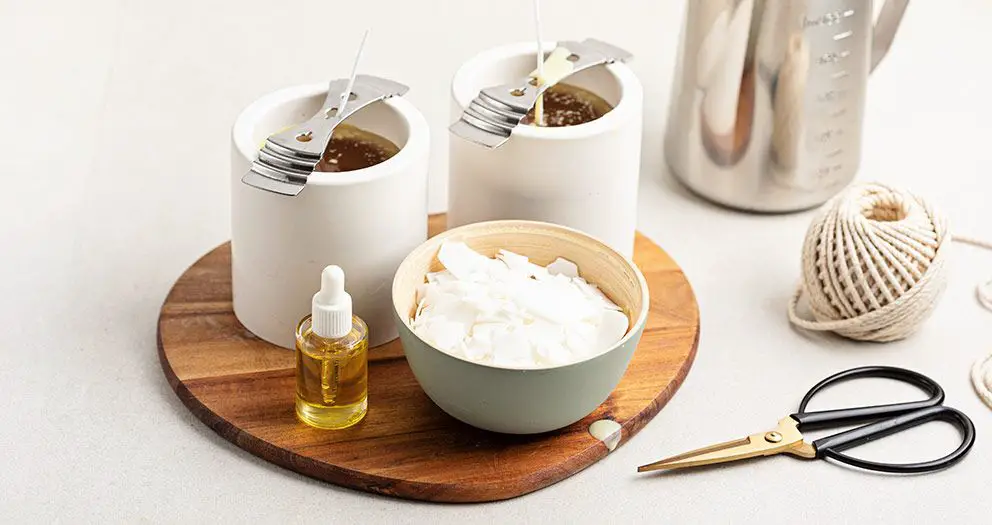
– The scents may not last as long or be as strong as fragrance oils.
When blending essential oils, use caution and follow dosage guidelines, as using too much can lead to skin irritation or allergic reactions when burning the candle. A typical essential oil dosing is around 1-2% of the wax weight. Always test your candle scent by burning a small sample before making large batches.
Scent Mixing
One of the best ways to add custom scents to candle making is by mixing and layering fragrances. This allows you to create unique scent combinations that capture nuanced aromas. When mixing scents, it’s important to choose an anchor scent as the candle’s base. This is often a strong scent like lavender or sandalwood. You’ll blend other more delicate fragrances around the anchor scent. Scent binding is another technique where you pair complementary fragrances that work synergistically like vanilla and amber or jasmine and gardenia. When blending, start with small ratios like 80% anchor and 20% accent scents. Test how the layers interact before adjusting ratios for your preferences. With testing and experimenting, you can create signature candle scents through mixing artful fragrance combinations.
According to candlescience.com, “Blending is a great way to “exercise” your nose and allows you to tweak fragrances to your own tastes and create your own candle scents.”
Testing and Adjusting
Properly testing your candles is crucial to ensure adequate and consistent scent throw across batches. There are several techniques for testing candles:
Sample testing involves pouring a small test batch of 3-6 candles from each large batch and evaluating fragrance throw over time. Let candles cure for a few days then burn for 4-6 hours, taking notes on hot and cold scent throw. Compare results across test batches to identify any issues.
Nose testing involves sniffing an unlit candle at room temperature, right after pouring, and as it cures to monitor scent evolution. You can also sniff candles as they burn to evaluate hot throw over time.
Burn testing involves burning candles in small test rooms to monitor scent throw and note any issues like scent sticking to certain areas. Test in different room sizes/ventilation levels.
If issues arise like weak throw, pooling, separation, etc., adjust the fragrance load, double wick, pour at lower temperatures, or tweak the wax blend. Always test adjustments in small batches first before large production runs. Troubleshooting is key for consistent results.
Per CandleScience, common scent issues include inadequate throw, fading throw, separation from wax, pooling, and sticking to containers. Careful testing enables identifying and resolving these promptly.
Following Safety Precautions
When working with fragrances, it’s important to take safety precautions. Proper ventilation is crucial – work in a well-ventilated area to avoid inhaling concentrated fumes. Open windows, use fans, or consider working outdoors if possible. Wear safety equipment like gloves and goggles to avoid skin and eye irritation. Store fragrances properly in cool, dark places and keep lids tightly sealed. According to Candle Making Safety Tips, make sure you are using fragrance oils or essential oils designed for candle making as perfumes can be a fire hazard.
Equipment should also be handled carefully – don’t heat fragrance oils over an open flame and avoid spills by pouring slowly and deliberately. Follow usage recommendations and don’t exceed suggested amounts. As noted by The Problem with Fragrance Oils, breathing fragrance oil vapors even in small amounts can cause headaches, dizziness and nausea, so proper precautions are essential.
Avoiding Scent Issues
Making scented candles can be tricky business, and there are several common scent issues to be aware of. Some of the main problems candle makers face include scent fading, acceleration, weeping, frosting, and more. Scent fading occurs when the fragrance oils lose potency over time, resulting in candles that lack strong aroma even when lit. This can happen due to improper candle making techniques, using low quality or old fragrance oils, or not adding enough scent in the first place. Acceleration is when the scent “burns off” too quickly as the candle burns, making the aroma diffuse rapidly rather than slowly over time. Weeping happens when beads of fragrance oil separate from the wax and leak out of the candle, marring the appearance. Frosting refers to the crystallized specks that can form on the top of the candle from the fragrance oils.
There are steps candle makers can take to avoid these issues. Using high quality fragrance oils designed for candle making is key, and storing them properly in cool, dark conditions to maintain freshness. Testing wick size and wax formulas to find the right balance for scent throw is also important. Adhering to recommended scent load percentages, around 5-10% of wax weight, helps prevent fading or acceleration issues. Proper pouring and curing techniques like double pouring and letting candles cure 2-4 weeks will produce candles that retain scent better. While avoiding scent problems takes trial and error, following best practices helps minimize frustrations.
Storing Fragrances
Properly storing your candle fragrances is crucial for maintaining their shelf life and scent quality. Fragrances should be kept in tightly sealed containers away from light, heat, and oxygen. Glass bottles with tight sealing lids are ideal for storing fragrance oils and essential oils. According to suppliesforcandles.co.uk, fragrances should be stored “in a cool, dry location, away from direct sunlight and heat sources.” Direct light and heat can cause the fragrances to deteriorate faster. Storing them in a dark, room temperature area like a cupboard or pantry is best.
Make sure the containers you store fragrances in are clearly labelled and tightly sealed. Oxygen can oxidize and break down fragrance components, so limiting air exposure helps prolong shelf life. Only store small amounts that will be used up within 1-2 months. For long term storage up to 1 year, consider refrigerating the fragrances. However, take them out to return to room temperature before use. With proper storage conditions, most fragrance oils and essential oils can last 12-24 months before losing noticeable quality.
Conclusion
Scent is an important part of candle making that requires care and precision. By selecting quality fragrances, adding oils properly, mixing scents effectively, and following safety guidelines, you can create candles with balanced, pleasing aromas. Test your scents frequently as you develop formulas, and make adjustments as needed. Store fragrances in a cool, dark place to preserve their integrity. With some care and experimentation, you’ll be able to craft candles with memorable scents that delight the senses. Follow these tips, and your homemade candles will emit beautiful fragrances.
Some final tips: research fragrance notes that pair well together, keep detailed scent mixing records, and avoid adding too much fragrance oil which can diminish quality. Finding your personal scent preferences and signature style takes time. Be patient with yourself as you learn the art and science of candle scenting. With practice, you’ll be making fantastic, great-smelling candles in no time.

